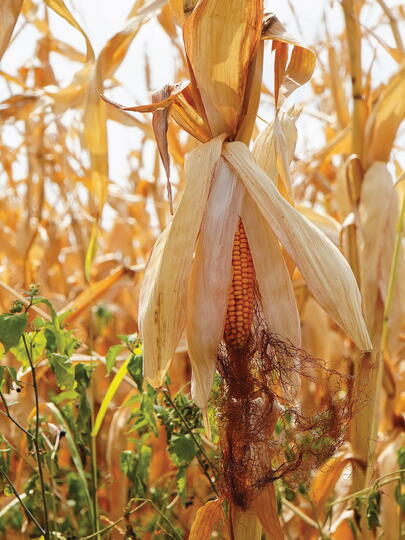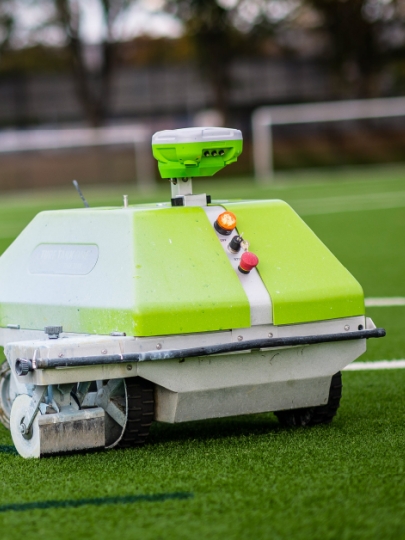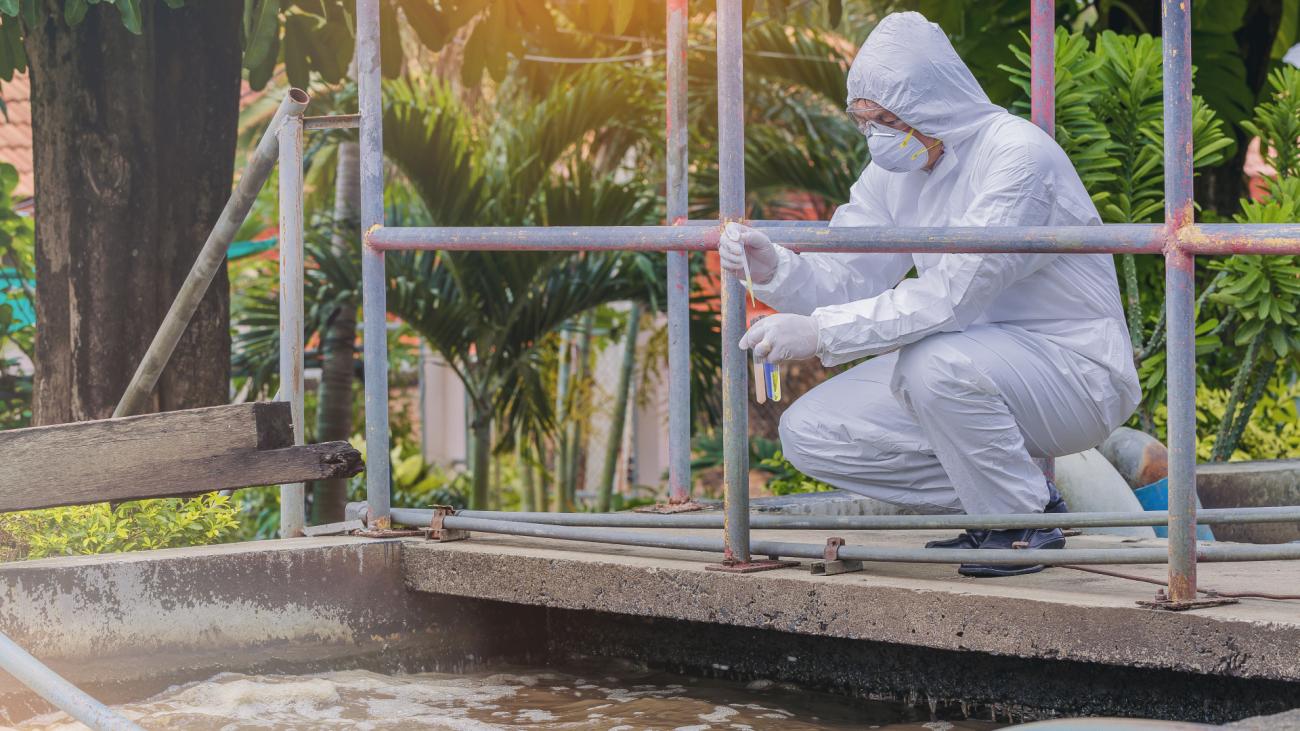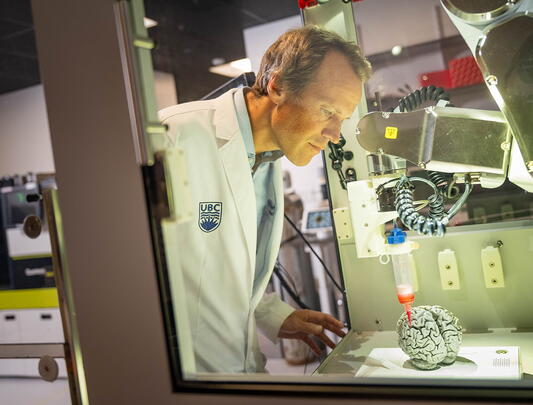Targeted wastewater surveillance has a history of social and ethical concerns
Wastewater surveillance involves testing sewage to obtain data about a population’s health. While the technique is decades old, it has gained recent international prominence for its ability to predict pandemic surges, detect new SARS-CoV-2 variants, and provide useful data when traditional testing methods reach capacity. With its success, the field is expanding.
Wastewater surveillance increasingly plays a vital role, as governments around the world are abandoning communal and state-based modes of care, such as masking and clinical PCR testing. The United States recently established a National Wastewater Surveillance System, while the G7 health ministers pledged support for surveillance systems.
As applications of wastewater surveillance have grown, so have academic and public discussions about the ethics of using wastewater for surveillance.
Targeted surveillance
Ethical, social, and political concerns over wastewater surveillance are not new.
But with the emergence of SARS-CoV-2, and the rapid adoption of wastewater-based epidemiology, these concerns take on renewed urgency, particularly as sewage is surveilled at increasingly smaller scales.
Wastewater surveillance is often celebrated for its unbiased, anonymous, and non-intrusive nature. In the majority of today’s programs, surveillance is conducted at wastewater treatment plants or in sewersheds, where samples are aggregated to a point that many scientists, officials, and research oversight committees argue pose minimal ethical risks or threats to privacy.
"Wastewater near-source tracking could be the 1st line of defence for high-risk populations and could offer long-term advances in public health surveillance after #COVID19"
— Eric Topol (@EricTopol) October 31, 2020
That could be routine now.
Commentary pertains to schools.https://t.co/jLMDHkFTjP @LancetMicrobe pic.twitter.com/uKv4cpUUXE
But in the past decade, wastewater surveillance has been increasingly deployed at smaller scales. This is referred to as targeted surveillance, or near-source tracking, and has occurred in a variety of settings.
These include college dormitories, long-term care facilities, and workplaces across North America; law enforcement-targeted areas in China and Australia; correctional facilities throughout the U.S., including Oklahoma, Kentucky, and Ohio; and migrant worker housing facilities in Singapore.
As human geographers studying sanitation, environmental surveillance, and biological data, we are concerned that discussions surrounding wastewater surveillance ethics have paid little attention to the geography and history of near-source wastewater surveillance.
Surveillance history
In 2015, researchers outlined concerns about targeted wastewater surveillance in prisons, schools, workplaces, and hospitals. Targeted surveillance of opioids in prisons’ sewage, according to the researchers, could hypothetically justify overly harsh measures such as banning visitations.
While today’s number of targeted applications are historically unprecedented, concerns related to their applications are not new. Preliminary findings from our historical research on wastewater surveillance show that early influential near-source studies caused researcher anxieties or revealed ethical oversights.
In 1946, in a British resort town in North Devon, a scientist sought to locate the source of a typhoid outbreak. Tracking the source was urgent as it threatened not only the town’s health, but also its tourism-based economy.
Using sewage testing, the source of the outbreak was traced to the wife of a popular beachside ice-cream vendor. The published study referred to the town as “X,” fearing that findings would negatively impact tourism. Due to privacy concerns, the study warned that: “Except in the presence of an outbreak, it is probably unwise to pursue infection right back to the individual carrier.”
In 1962, a Yale scientist used similar near-source methods to study the efficacy of polio vaccination campaigns in Connecticut. Sewage from incarcerated youth held at a delinquent girls’ prison was one of five sites strategically selected for testing before and after vaccine administration. This study intimately linked the development of near-source tracking with experimentation on marginalized populations.
Later, in 1967, researchers at the University of Wisconsin-Madison ran another vaccine efficacy sewage study to target a graduate student housing complex. They wrote that “by appropriate sampling one might be able to monitor a housing project, an apartment building, or perhaps even a single household.”
By 1973, the method was applied to migrant labour settings. The South African government set up a cholera surveillance system for the country’s gold mining industry. This system relied on the monitoring of sewage at barracks, followed by targeted, invasive rectal swabs. Wastewater surveillance therefore ensured that South African mining companies could continue to access cheap foreign labour.
These early cases demonstrate that the threats near-source tracking poses to individual and group privacy, as well as research ethics, date back decades. Wastewater surveillance is not apolitical or neutral. It has been developed, expanded, and normalized in ways that have the potential to increase class, racial, and gendered inequality.
Ethics of wastewater surveillance
Those involved with wastewater surveillance are aware of these issues.
Experts in the field are especially concerned about the kinds of human-identifying genetic data that are found in wastewater. They are also concerned about what could be done with archived samples as analysis techniques rapidly advance.
Efforts underway to develop guidelines to address these concerns. The U.S. Centers for Disease Control and Prevention provides guidelines for targeted wastewater surveillance. The WHO’s interim guidance argues that guidelines are needed, especially “when sampling relatively small and well-defined buildings or confined areas such as prisons, refugee camps or schools.”
Researchers at the Canadian Water Network argue that, when it comes to near-source wastewater surveillance, existing WHO public health guidelines must be considered and adapted to address a distinct set of bioethical concerns. These include the minimization or disclosure of risk, clear justification for the use of identifiable data, and commitments to not share data with agencies outside public health.
As private sector companies increasingly offer wastewater testing, the need for guidance and regulation becomes more urgent. The recent private sector involvement in wastewater surveillance may create or exacerbate ethical, legal, and political issues.
Considered applications
We are not arguing against the use of wastewater surveillance. However, given the potential of harm from near-source tracking at sites with existing inequalities, it is crucial to consider the challenges, histories and long-standing concerns that arise from this method.
We should be having public conversations about what information is collected through wastewater surveillance, how and where it is gathered, who it identifies and who has control over its use, and, potentially, its sale.
It is also imperative to question what other modes of care this kind of technology could displace, including state-funded testing, precautionary infection prevention, and masking.![]()
Mohammed Rafi Arefin is an Assistant Professor of Geography at the University of British Columbia; Carolyn Prouse is an Assistant Professor of Human Geography at Queen's University, Ontario; and Christopher Reimer is a PhD Candidate in Geography at the University of British Columbia.
This article is republished from The Conversation under a Creative Commons license. Read the original article.
![]()
































